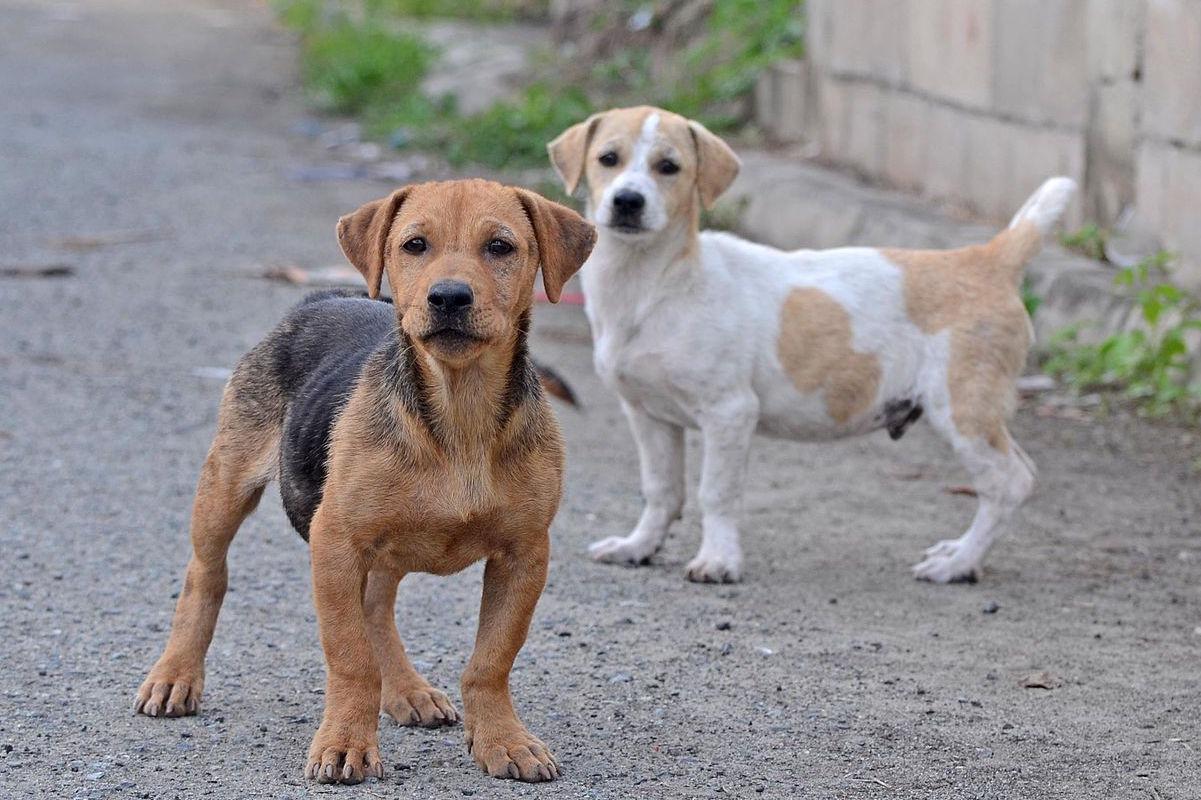The human brain is exquisitely tuned to identify faces and facial expressions, which are so important to human social interaction. Researchers have found that certain areas of the human cerebral cortex are specialized for processing visual information about faces.
When a person suffers damage to the right side of the cerebral cortex, including an area called the fusiform gyrus, they may suffer from a rare neurological deficit called prosopagnosia, or face-blindness. Someone with this deficit can still recognize other kinds of objects by sight, but can’t identify individual faces.
Do other animals beside humans and some other primates have this same special brain circuitry for recognizing faces? Neuroscientists especially wondered about dogs, because of their long close relationship with humans. In 2020 an international team of researchers published a study comparing brain activity in humans and dogs when they were shown images of faces. The researchers trained twenty dogs to sit still in a magnetic resonance brain scanning machine while showing them videos of dog and human faces, and the backs of the heads of humans and dogs.
The researchers scanned the dogs’ brains, and the brains of thirty humans viewing the same images. They found that human brains showed greater activation in specific areas for dog and human faces than they did for the backs of human or dog heads.
The dogs’ brains didn’t show the same special preference for either dog or human faces. Hence, the dog’s cerebral cortex lacks the specialized circuitry for the visual processing of faces that humans and some other primates have. Researchers hope to study the behavior and brains of other animal species to learn how face processing circuitry evolved.









